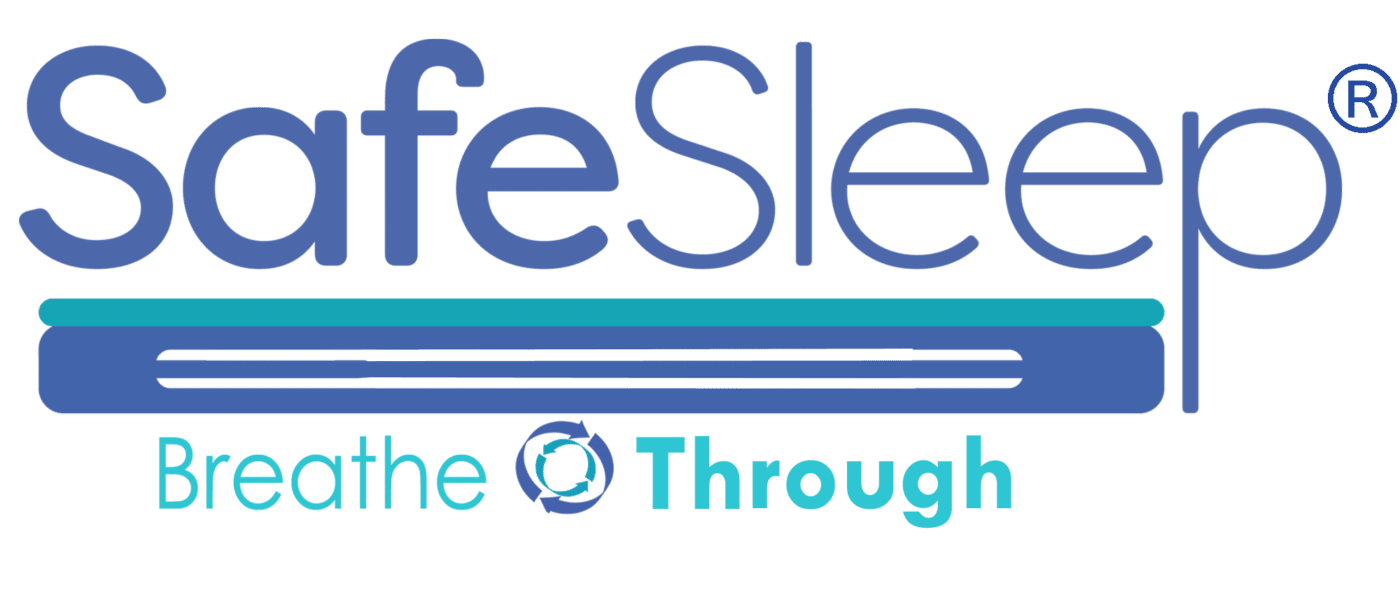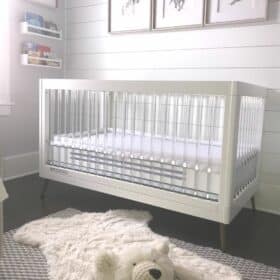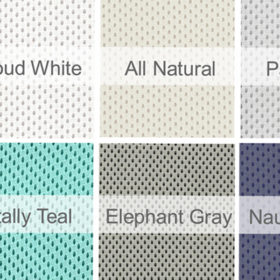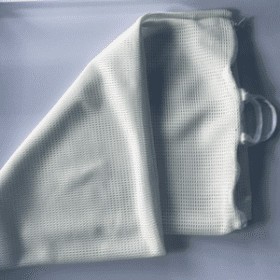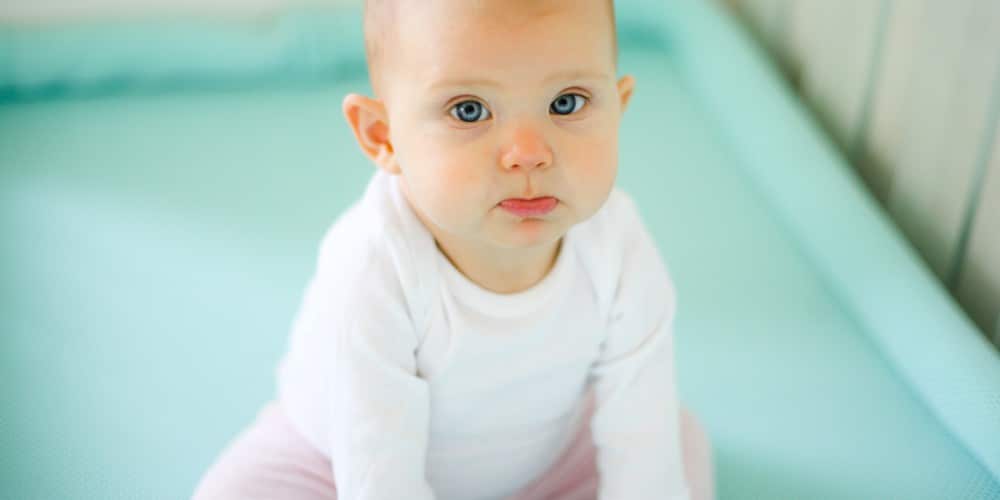No products in the cart.
AAP Safe Sleep Policy – The Makers & Scientific Limitations
The founders challenged the AAP Safe Sleep Policy. In 2016, Task Force to recognize air-permeable sleeping surfaces as a preferable alternative for the infant who rolls prone during sleep based on scientific studies.
Sudden Infant Death (SIDS) rates have decreased since the popularization of back sleeping. However, the Back-to-Sleep Campaign has reached a plateau in further reducing infant sleep-related deaths. In particular, AAP safe sleep policy does not address the infant whose parents followed all the American Academy of Pediatric (AAP) guidelines, who rolls prone and dies face down on their fiberfill crib mattress or play yard pad. This is where the AAP safe sleep policies fall short. SafeSleep® is proud to be an organization that challenged these guidelines and influenced changes to the 2016 Safe Sleep Technical Report that now recognizes air permeable sleeping surfaces as a preferable alternative for the infant who rolls prone during sleep.
